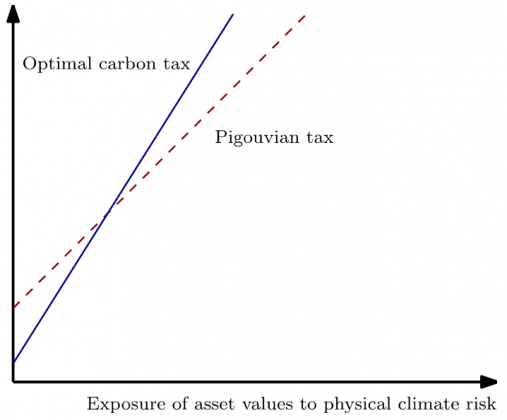Robin Döttling is an assistant professor at the finance department at Rotterdam School of Management, Erasmus University. His research interests are in financial intermediation, climate finance, and monetary economics. Before joining Erasmus University, he obtained a PhD in financial economics at University of Amsterdam.


